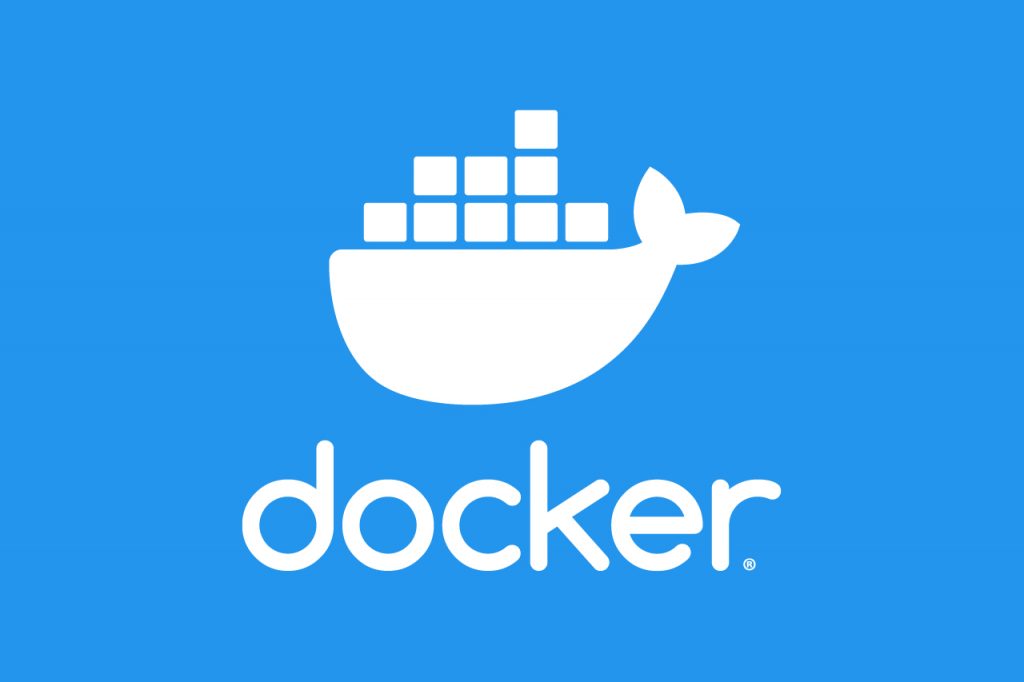In this article, we’ll talk a bit about Docker images, define what they’re used for, and list some of the most prominent benefits of using Docker images.
What is Docker?
Docker is a Platform-As-A-Service (PaaS) product that is used for app development. It was launched in 2013 and has received continual updates since then. It’s an open-source platform that uses OS-level virtualization to deliver software in package form, called containers. In layman’s terms, Docker is a platform that allows for the development, testing, deployment, and running of applications. Due to its open-source nature and genuine application in the development cycle, Docker is one of the most popular platforms in this category. What makes Docker stand out is that it allows you to manage your infrastructure and your applications, making it a full-stack tool for app development.
What Is a Docker Image?
A docker image is a read-only template created in Docker. It’s used as a prefabricated set of instructions for deploying a Docker Container on the docker platform. That’s a very convenient, easy, and straightforward way to package a lot of information in an easy-to-use manner, making it an immensely popular tool for creating preset instructions, configurations, and servers. Docker images can be created by any docker user and private or shared with other Docker users on the docker platform.
What’s a Docker Container?
A docker container is a small, simple, and standalone executable file on the docker platform. A Docker container includes all of the metrics, settings, and configurations needed to deploy an application, which includes:
Code Runtime System tools System libraries Settings
Docker containers are regarded as one of the Docker platform’s best features due to their portability to any system that works with Docker – allowing developers to take their work on the go.
What Are Docker Images Used For?
A docker image is a multi-layer film used in the deployment, creation, and testing of apps. Specifically, a docker image is used to execute a preconfigured code in the docker container. When a docker image is deployed, it extracts all the instructions put in it and executes them on the host OS, meaning that it’s a lightweight way to transport docker containers. It eliminates the chances for error during transportation, as the docker image contains all the settings, metrics, and configurations that are required to execute itself, making it a self-sufficient way to transport images through Docker registries.
The Benefits of Using Docker Images
There are more than a couple of benefits to using docker images. Not only are they the standard on the Docker platform, but they’re also way ahead of most of the competition. Being that Docker is an open-source platform, they’re also subject to improvement, which the team behind Docker is continually investing in. The most prominent benefits of using docker images are: Simple Docker images are very simple-easy-to-use, and straightforward. All you need to do is create them with the settings, configurations, and metrics that you require, and you wind up with a full-scale product. Portable The point of docker images is to make them as portable as possible. When it comes to transporting regular configurations between persons or from one place to the other, it’s not a rare sight to see some errors. Docker images eliminate this possibility by including all the configurations inside of them, making them instantly executable on any supported system. Lightweight Another prominent benefit of docker images is that they’re very lightweight. This makes sending and transporting them from one person to the other as seamless as possible. Due to the information stored within, it allows for quicker allocation, development, and deployment of apps.
In Conclusion
Docker images are an essential part of docker, the world’s leading app development, deployment, and testing platform. They’re easy to use, great for portability, and are very lightweight – making everything from deployment to transportation a breeze.
